Home » Publications » ENR
Our Publications
Please select a publication below.
ENR

December 27, 2021
Cover Story
Back to TopFeature
Back to TopNews
Back to TopMaine Coastal Towns Join to Prevent Flooding Using Nature-based Methods
One-half million dollars in federal funding with matching funds will pay for collaborative effort
Read More
Boston Contractor Indicted Over Alleged Safety Record Fraud
The company's owner also faces big proposed OSHA penalties
Read More
Clean Energy Construction
GM Ramps Up To Expand Billions in US Battery and Supply Chain Production
Read MoreThe Infrastructure Act Rollout
EPA Allocates $1B in New Federal Funds for Superfund Projects
Update: EPA finalizing plans to start construction "as soon as possible"
Read More
The Infrastructure Act Rollout
FHWA Announces 22% Boost in Core Highway Funding From IIJA
Update: Lack of Full-Year Highway Obligation Cap Raises Concerns
Read More
Energy Production
California Plant Would Convert Wood Waste Into Hydrogen Fuel
Developer says $100M facility would divert carbon emissions
Read More
Advanced Manufacturing
Samsung Picks Texas for $17B Semiconductor Plant
Project will support 6,500 construction jobs, Governor claims
Read More
$1.5B Terminal Expansion at NYC's JFK Airport Gets Underway
Delayed by the COVID-19 pandemic, the project has been scaled back from earlier plans
Read More
Energy
New York City Council Passes Natural Gas Ban in New Buildings
Phased ban will impact projects of less than 7 stories in 2024, taller buildings in mid 2027
Read More
Fourth Quarterly Cost Report
Back to Top2021 4Q Cost Report: Tariffs Doubled on Canadian Lumber Products
U.S. construction economist says action will increase prices and constrain supply
Read More
2021 4Q Cost Report: Strong Demand Drives Equipment Sales, With No End in Sight
Supply chain issues reduce availability as machines new and old are bought.
Read More
2021 4Q Cost Report: Global Markets Could See Metrics Return to Pre-COVID Norms
Analysis shows that material costs may start to normalize.
Read More
Labor
2021 4Q Cost Report: 'Build Back Better' Bill May Be Both Better and Worse for Firms
Contractor groups see new incentives but also labor violation penalty hikes and added costs
Read More
2021 4Q Cost Report: Markets Still Strong, but Doubts Grow for Execs
Confidence continues to slip as shortages remain acute.
Read More
Economics
2021 4Q Cost Report: Materials, Labor Woes Persist in Fourth Quarter
Experts are hopeful that issues currently plaguing the industry will ease in 2022.
Read More
Departments
Back to TopThe latest news and information
#1 Source for Construction News, Data, Rankings, Analysis, and Commentary
JOIN ENR UNLIMITEDCopyright ©2024. All Rights Reserved BNP Media.
Design, CMS, Hosting & Web Development :: ePublishing
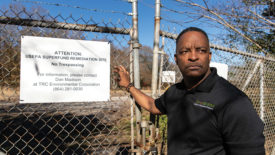



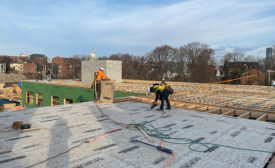






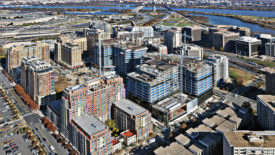





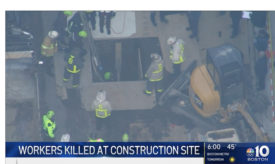

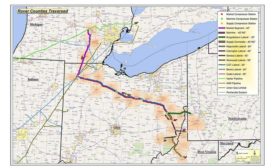

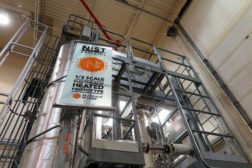
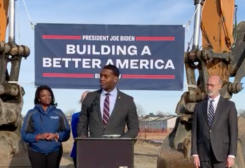



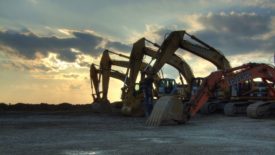

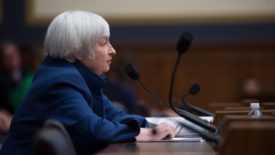
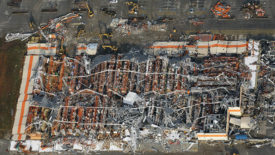
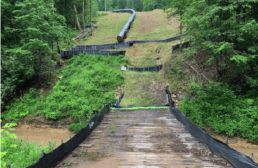
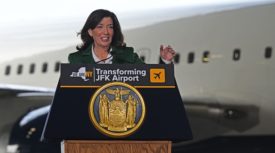






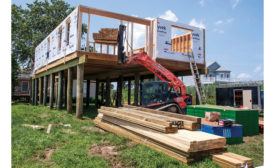

.jpg?height=168&t=1640294757&width=275)

.jpg?height=168&t=1640194228&width=275)
.jpg?height=168&t=1640294268&width=275)


.jpg?height=168&t=1671747499&width=275)



